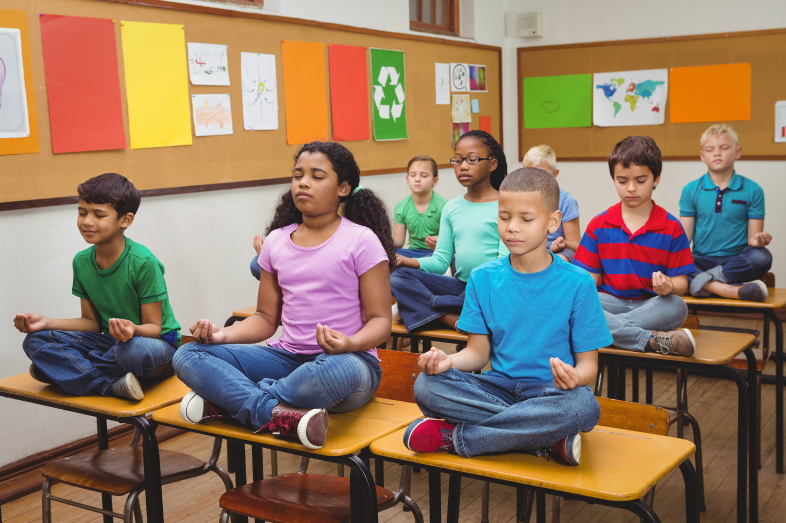
Student Health
When students are unwell — whether they have a run-of-the-mill cold, a chronic illness, or a mental health condition like depression or attention deficit hyperactivity disorder — it is more difficult for them to learn. Many more students face chronic physical and mental health challenges than in years past, making this a vital area about which education reporters should learn.
Photo credit: Wavebreak Media/Bigstock


